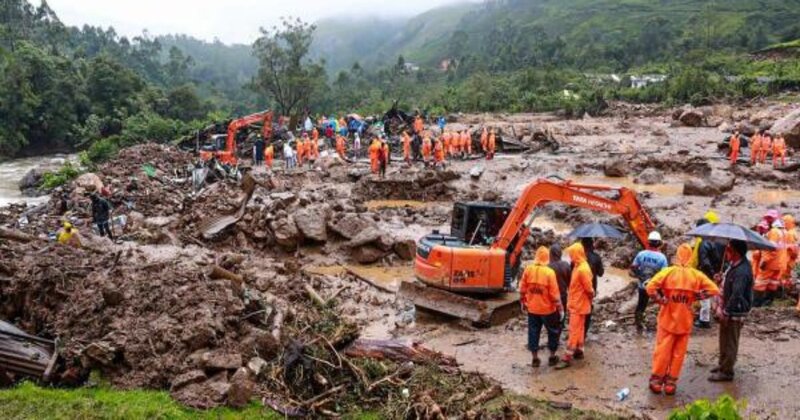
The India Meteorological Department (IMD) forecasts that the latter half of the monsoon season (August-September) will see above-normal rainfall due to the likely formation of La Nina conditions by the end of this month. While a temporary lull in monsoon activity is expected mid-August, it is not anticipated to significantly affect overall rainfall during these critical months for Kharif sowing and crop growth. However, La Nina-induced rains in September may lead to increased urban flooding, inundation of low-lying areas, and landslides in hilly regions.
La Nina, marked by cooler ocean temperatures in the central and eastern equatorial Pacific, generally supports India’s monsoon rainfall. Despite this favorable condition, some regions might still experience deficient rainfall, similar to the eight states that had below-normal rainfall in July. IMD chief Mrutyunjay Mohapatra stated, “During the second half of the monsoon season, normal to above-normal rainfall is most likely over most parts of the country, except many parts of northeast and adjoining areas of east India, Ladakh, Saurashtra & Kutch, and some isolated pockets of central and peninsular India where below-normal rainfall is likely.”
Despite an 11% shortfall in June’s monsoon rainfall, farming activities continued without interruption in various parts of the country due to groundwater-based irrigation. Though rainfall distribution was uneven, July ended with a 9% surplus, allowing farmers to expand cultivation in rain-dependent areas. Consequently, the total area under cultivation reached 812 lakh hectares by last Friday, an increase of 18 lakh hectares compared to the same period last year.

Post Your Comments